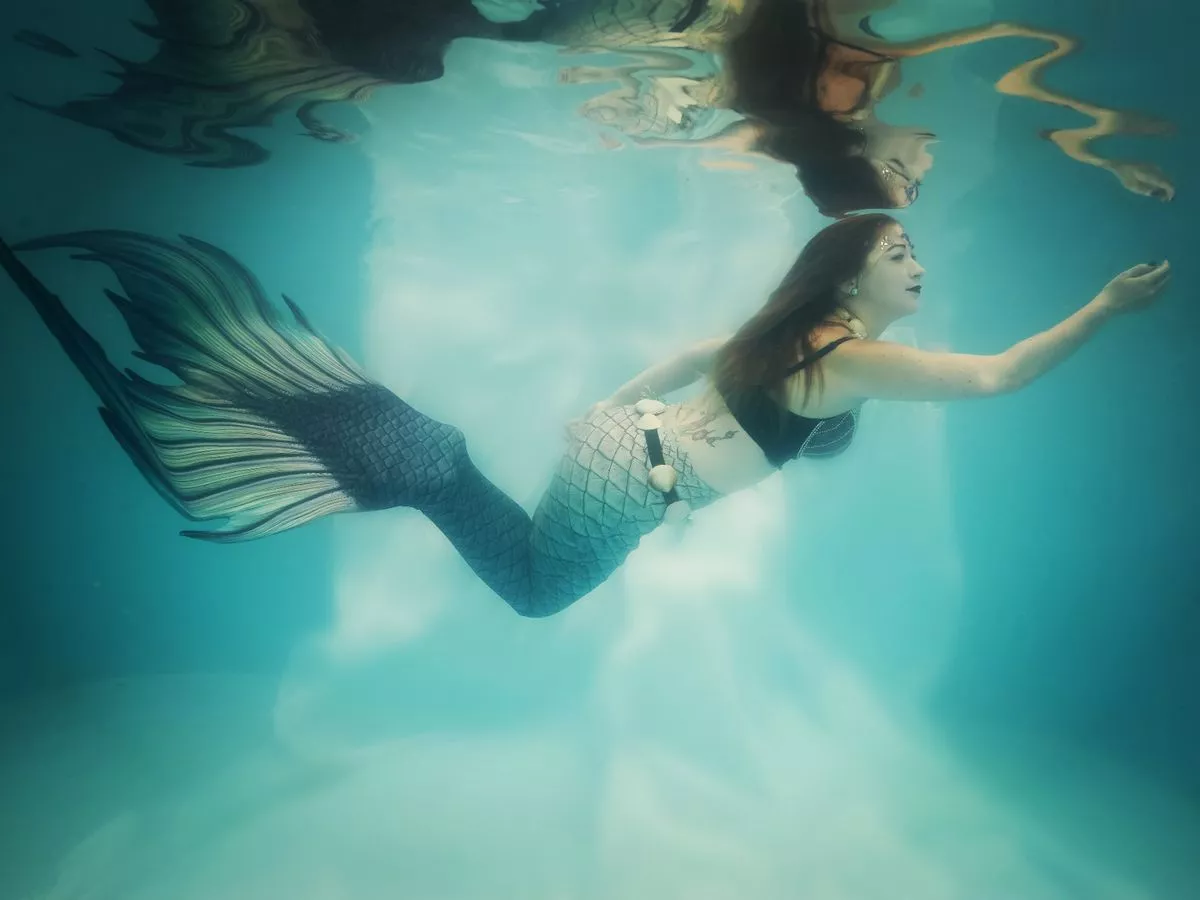By: Tristan Chow
Have you ever wondered and thought about mermaids? Well, have you ever thought about how one would sound? Mermaids are known for their fish like tails and alluring songs. But, if you were underwater with one, it wouldn’t sound the same as the movies. And you might struggle to understand the words because water is more dense than air. Singh is a scientist that studies sound and movement. “You could still make out what she is saying, but it would sound fuller with less clarity,” Singh stated. If you ever talk to someone underwater, you may be able to make out a few words, but it wouldn’t be too clear.
We know already that mermaids wouldn’t sound the same as in the movies, but what is the science behind it? Sound is produced when an object vibrates t like when you touch your throat while talking and can feel a vibration. The vibrations can travel through gases, liquids and solids. In each category, atoms and molecules are pushed around by a sound source’s back-and-forth motion. The particles would bump into each other making a rippling pattern of waves. The human hearing starts when sound waves enter the air-filled space in each ear hole. When one of the bones taps on a cochlea, the waves vibrate the eardrum, which wiggle the three little ear bones. The fluid structure converts vibrations into electrical signals that the brain takes in as sound.
But, underwater is a different story because water plugs your ears. This means that you rely on sound waves directly vibrating the skull. When sound waves gently rattle the skull, Singh says, “that is directly stimulating the inner ear — the cochlea itself,” This is called bone conduction, this is the result of why the hearing is not as good underwater. Did you know that in water sound travels much faster because the particles that make up liquids are closer together.











